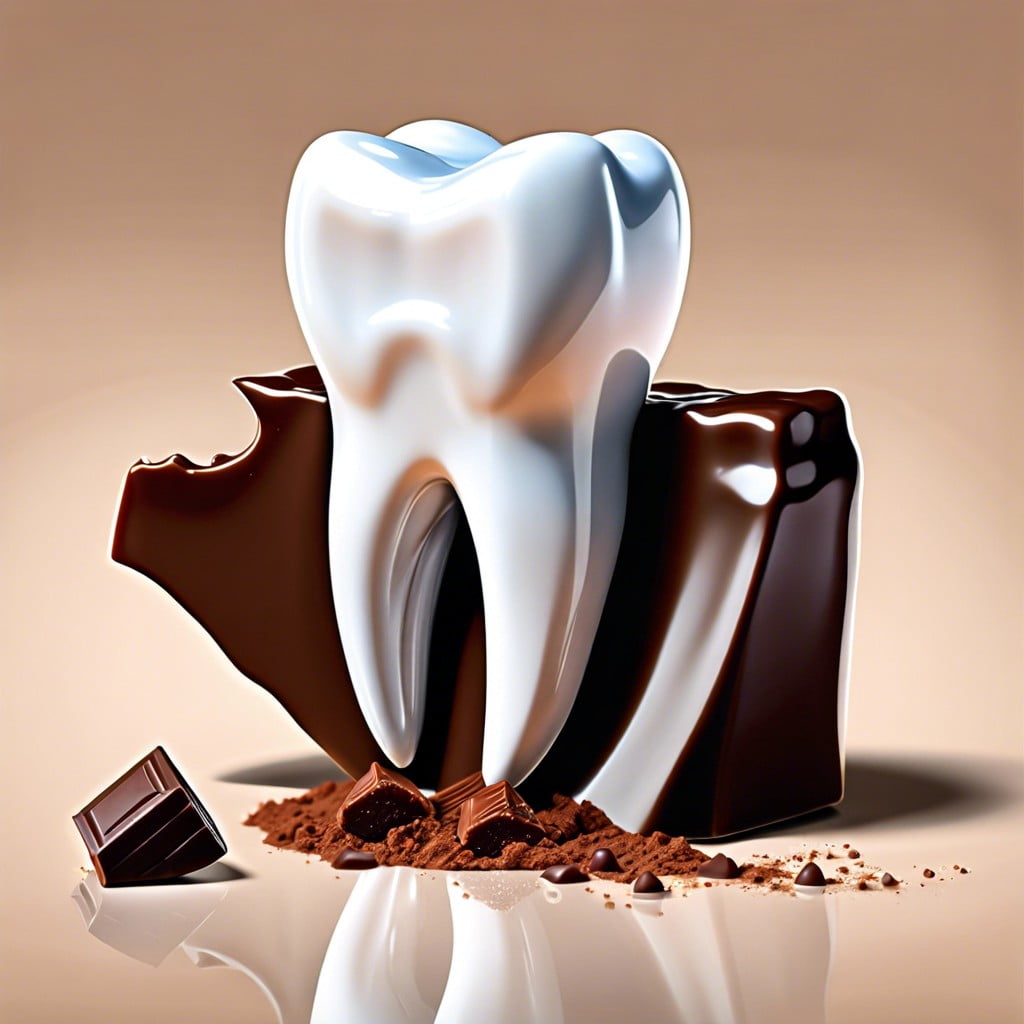Understanding the reasons behind chocolate cravings can unveil insights into our physiological and psychological needs.
Key takeaways:
- Emotional and physical factors drive chocolate cravings.
- Brain chemistry and hormonal fluctuations contribute to cravings.
- Magnesium deficiency may trigger chocolate cravings.
- Flavor intensity and quality can intensify cravings.
- Strategies for healthier chocolate consumption and reducing cravings.
Inside
Understanding Chocolate Cravings

Chocolate cravings are common and can be driven by both emotional and physical factors. On an emotional level, it is often associated with pleasure and comfort. The sensory experience of eating chocolate – its smell, taste, and texture – can trigger the release of endorphins, producing a natural high. Physically, cravings may occur as a response to stress, where cortisol levels rise and the body seeks the quick energy boost and serotonin release that chocolate can provide.
Seasonal changes and menstrual cycles also influence cravings. Some individuals notice a particular increase in chocolate desires before the onset of menstruation. This shift is due to changing hormones and is the body’s way of seeking an external source of comfort and emotional balance.
Additionally, the body can signal a desire for chocolate when it requires more energy, especially in the case of lifestyle choices that deplete energy reserves, such as lack of sleep or intense exercise. These cravings are temporary and usually subside once the body’s immediate energy needs are met.
Recognizing these aspects helps to understand chocolate cravings from a holistic perspective, acknowledging the complex interplay between body and mind in the pursuit of chocolate’s unique indulgence.
Brain Chemistry and Hormonal Fluctuations Result in Craving Chocolate
Chocolate sparks considerable activity in the brain’s reward centers, releasing neurotransmitters like dopamine and serotonin which enhance mood and create pleasure sensations. These “feel-good” chemicals are often sought out naturally by your body, particularly during times of stress or low mood, hence the common turn to chocolate for comfort.
Additionally, hormonal changes, particularly in women, can stimulate chocolate cravings. For example, fluctuations during menstrual cycles can affect serotonin levels, leading to increased cravings for sweets, including chocolate. Cravings may also intensify during the luteal phase of the menstrual cycle when stress hormones like cortisol are higher and serotonin levels may be lower.
Furthermore, the combination of sugar and fat in chocolate can provide a quick energy boost and temporarily elevate mood, which might further explain why your brain urges you to reach for a chocolate bar when you’re feeling fatigued or down.
To manage these cravings, consider activities that naturally boost dopamine and serotonin levels, such as exercise or exposure to sunlight, and aim for balanced nutrition which may mitigate the intensity of chocolate cravings triggered by brain chemistry and hormonal fluctuations.
Nutrient Deficiencies and the Role of Magnesium in Chocolate Cravings
Occasionally, the body’s desire for chocolate can be traced back to a lack of specific minerals. Magnesium, one of the most abundant minerals in dark chocolate, plays a pivotal role in over 300 biochemical reactions in the human body, including muscle and nerve function, blood glucose control, and blood pressure regulation.
When magnesium levels are low, your body naturally craves foods rich in this mineral. Since chocolate is an enjoyable source, it’s commonly sought after for a quick fix. However, not all chocolate satisfies the same. Dark varieties, with their higher cocoa content, offer more magnesium than milk chocolate.
If chocolate cravings persist, it might be worth considering a balanced diet or a magnesium supplement to meet your nutritional needs. Additionally, incorporating other magnesium-rich foods such as nuts, seeds, whole grains, and leafy green vegetables can help maintain adequate levels and potentially reduce the frequency of chocolate cravings.
The Appeal of Flavor Intensity and Quality in Chocolate
The richness of chocolate’s flavor profile largely drives cravings. A high-quality chocolate bar with a high cocoa content provides a complex taste experience, with notes ranging from fruity to earthy. This complexity can stimulate the palate and create a memorable sensory experience, reinforcing the desire for more.
Flavor intensity is another critical aspect; it can satisfy the craving more effectively, meaning less may be needed to feel content. Dark chocolate, specifically, offers this intensity and can fulfill cravings with smaller quantities compared to milk chocolate, which is often higher in sugar and may lead to increased consumption.
When considering chocolate quality, it’s also important to note that artisanal chocolates often contain fewer additives and higher quality ingredients. This not only contributes to a richer taste but also to a more satisfying experience, potentially reducing the frequency and intensity of cravings.
Lastly, the melting point of chocolate is close to the human body temperature, resulting in a melt-in-your-mouth sensation. This physical response can be deeply soothing and adds to the overall appeal of chocolate, making it a go-to for comfort and pleasure.
Strategies for Healthier Chocolate Consumption and Reducing Cravings
Choose dark chocolate with a high cocoa content, which is often lower in sugar and contains beneficial antioxidants. Consuming smaller portions can mitigate sugar intake while still satisfying a craving.
Incorporate cocoa powder into smoothies or yogurt. This provides a chocolate flavor without the added fats and sugars present in chocolate bars.
Listen to your body’s hunger cues. Sometimes cravings occur due to hunger or dehydration, not a need for chocolate. Drinking water or eating a fulfilling snack may diminish the craving.
Distract yourself with a short walk or different activity. Often, cravings are temporary and will pass with a brief change of focus.
Plan chocolate into your diet in moderation, allowing for occasional treats while maintaining a balanced diet. This can help prevent feelings of deprivation that might lead to overindulgence later on.
Lastly, find healthier alternatives that satisfy the oral fixation, such as fruit, nuts, or seeds coated with a thin layer of dark chocolate, to satisfy the craving with additional nutrients.




